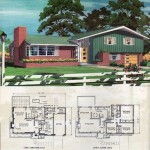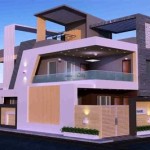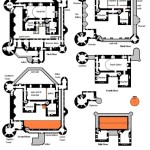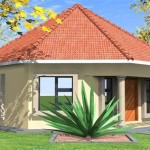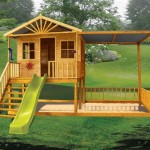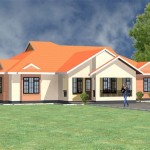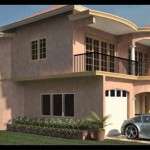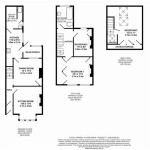House Plans With Loft Over Kitchen: Essential Aspects to Consider
Loft homes, particularly those with lofts located over the kitchen, are gaining increasing popularity due to their unique blend of space efficiency, style, and functionality. When designing a house plan with a loft over the kitchen, there are several crucial aspects to consider to ensure a comfortable and functional living space.
Loft Size and Functionality: The loft's size and intended purpose will significantly impact the overall design of the house plan. Determine the desired functionality of the loft, whether it will serve as a sleeping area, home office, or a multi-purpose space. The loft size should be proportionate to the kitchen's area and the overall square footage of the house.
Access to the Loft: Staircase placement and design are crucial for accessing the loft. Consider the staircase's location relative to the kitchen and other living areas. A well-designed staircase should be safe, visually appealing, and not obstruct the flow of the kitchen space. Spiral staircases are space-saving options, while open staircases can enhance the sense of openness and light.
Lighting and Ventilation: Natural light and proper ventilation are essential for creating a comfortable and inviting loft space. Incorporate windows or skylights into the loft design to maximize natural light. Ventilation can be achieved through clerestory windows, which allow for air circulation while providing privacy. Ceiling fans or air conditioning units may also be necessary to ensure adequate temperature control.
Privacy Considerations: Loft spaces tend to be more open, making privacy a concern. Consider incorporating curtains, shades, or dividers to provide privacy when desired. The loft's orientation relative to other rooms and areas of the house should also be taken into account to minimize noise and visual distractions.
Kitchen Design and Layout: The kitchen design should complement the loft space and vice versa. The placement of appliances and cabinetry should consider the loft's footprint and potential for visual obstructions. An island or peninsula could serve multiple purposes, providing additional seating, counter space, and a focal point in the kitchen while also creating a sense of separation from the loft above.
Structural Considerations: The structural integrity of the house plan is paramount, especially when incorporating a loft over the kitchen. Ensure that the building code requirements are met and that the structural support is adequate to accommodate the weight of the loft, furniture, and occupants.
Aesthetics and Style: The loft and the kitchen should harmoniously integrate stylistically. The materials, colors, and textures used should complement each other and reflect the overall design aesthetic of the house. Exposed beams, metal accents, and modern finishes can create a loft with an industrial or contemporary feel, while traditional wood finishes and cozy textiles can provide a more rustic or farmhouse ambiance.
In conclusion, house plans with a loft over the kitchen offer unique opportunities for space-saving and stylish living. By carefully considering the essential aspects discussed above, homeowners can design a functional and inviting loft space that enhances the overall functionality and aesthetic appeal of their home.

Loft Over Kitchen Open To Great Room Barn House Interior Plan With

Small Cabin House Plans With Loft And Porch For Fall Houseplans Blog Com

Small Cabin House Plans With Loft And Porch For Fall Houseplans Blog Com
Small Cabin House Plans With Loft And Porch For Fall Houseplans Blog Com

20 House Plans With Lofts Tiny Small Luxury Designs Blog Homeplans Com

2 Story House Plans For Narrow Lots Blog Builderhouseplans Com

2 Bed Contemporary A Frame House Plan With Loft 35598gh Architectural Designs Plans

Loft Cabin Tiny House Floor Plans Small Design

Small Cabin House Plans With Loft And Porch For Fall Houseplans Blog Com

Cabin Floor Plans Logangate Timber Homes

